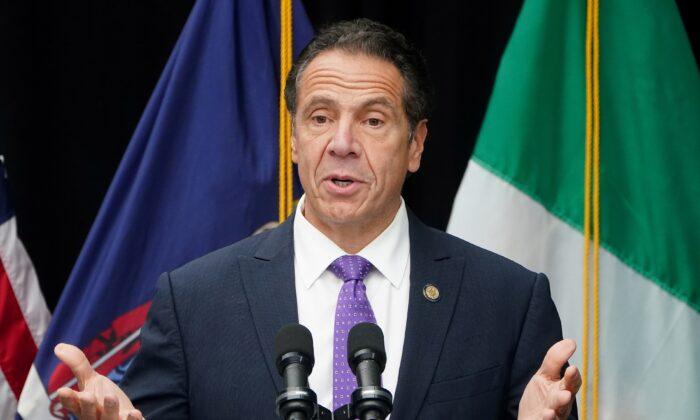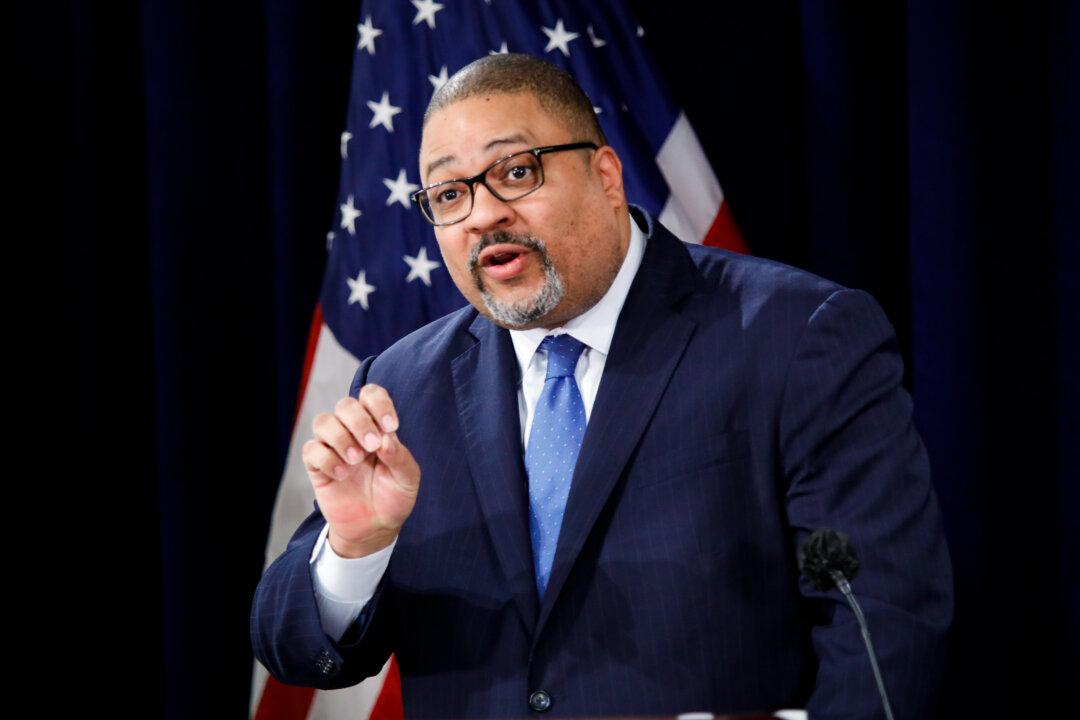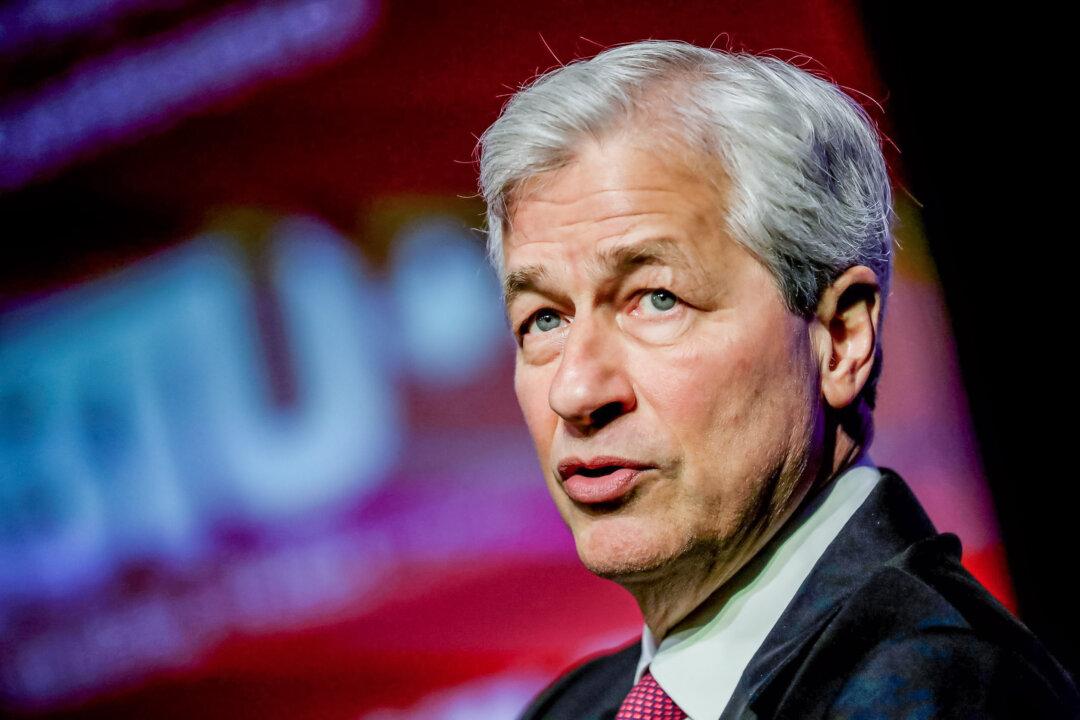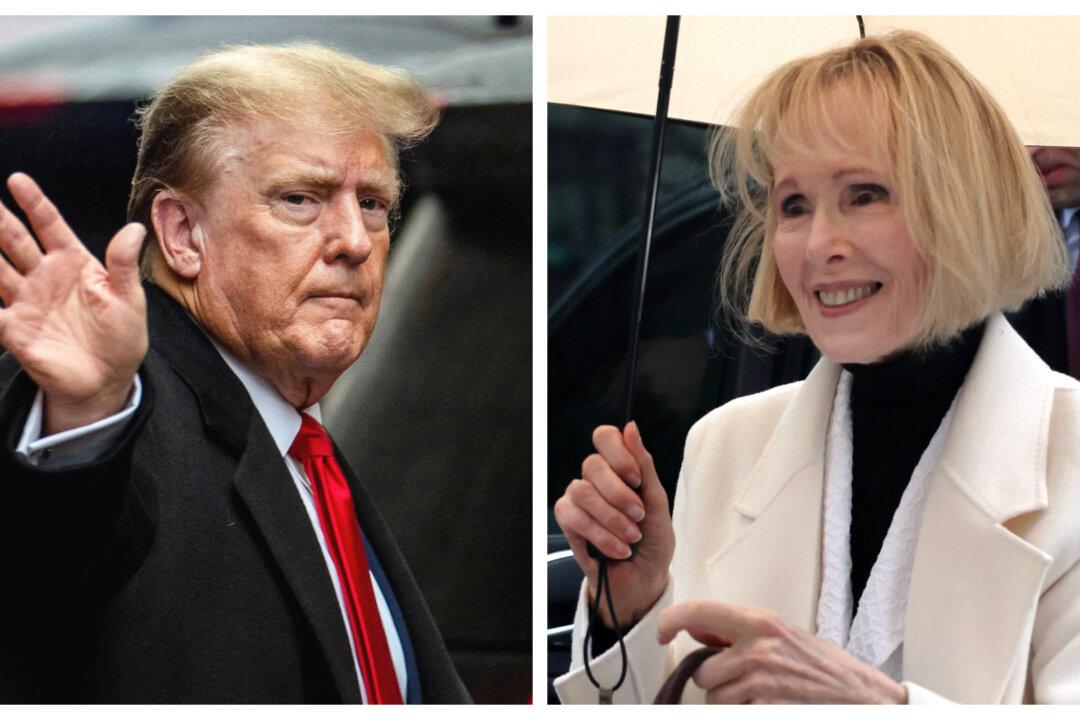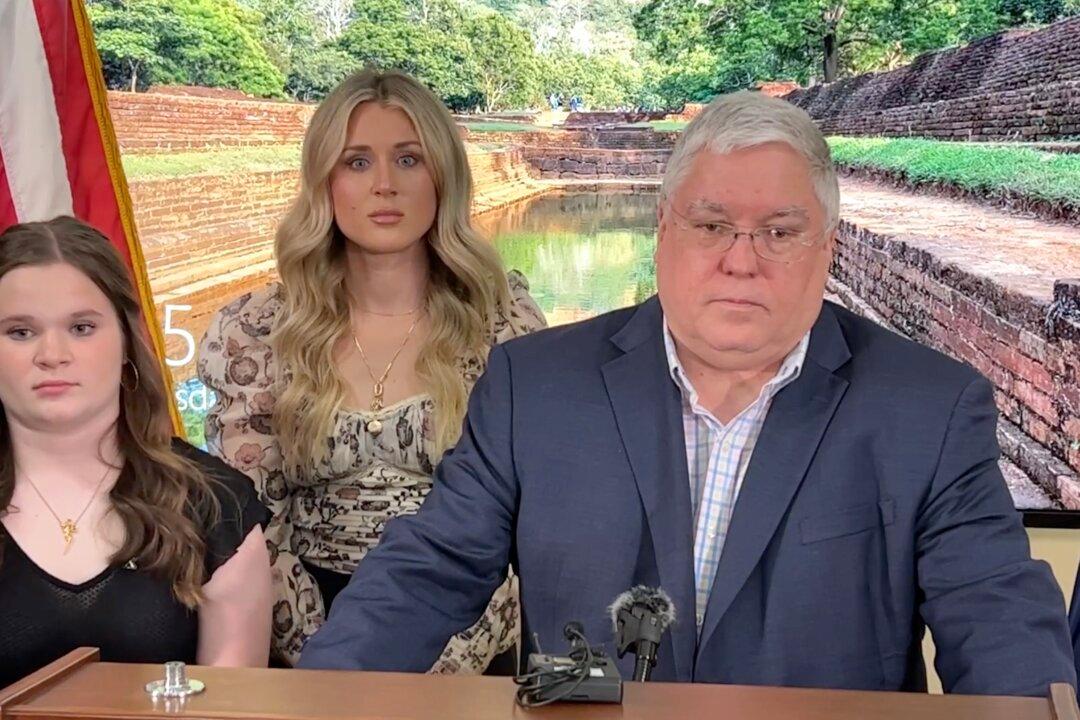“The early months of the pandemic crisis were an extraordinary time. We felt that Chris speaking with his brother about the challenges of what millions of American families were struggling with was of significant human interest,” CNN told the publication, defending the numerous interviews Chris Cuomo conducted with his brother.
“As a result, we made an exception to a rule that we have had in place since 2013 which prevents Chris from interviewing and covering his brother, and that rule remains in place today,” the spokesperson said.
The issue of potential conflict of interest in CNN’s coverage of Gov. Cuomo has come to the fore as his administration is facing increasing scrutiny over its handling of New York’s nursing home COVID-19-related death data and a since-rescinded March 25 executive order that may have contributed to the number of fatalities.
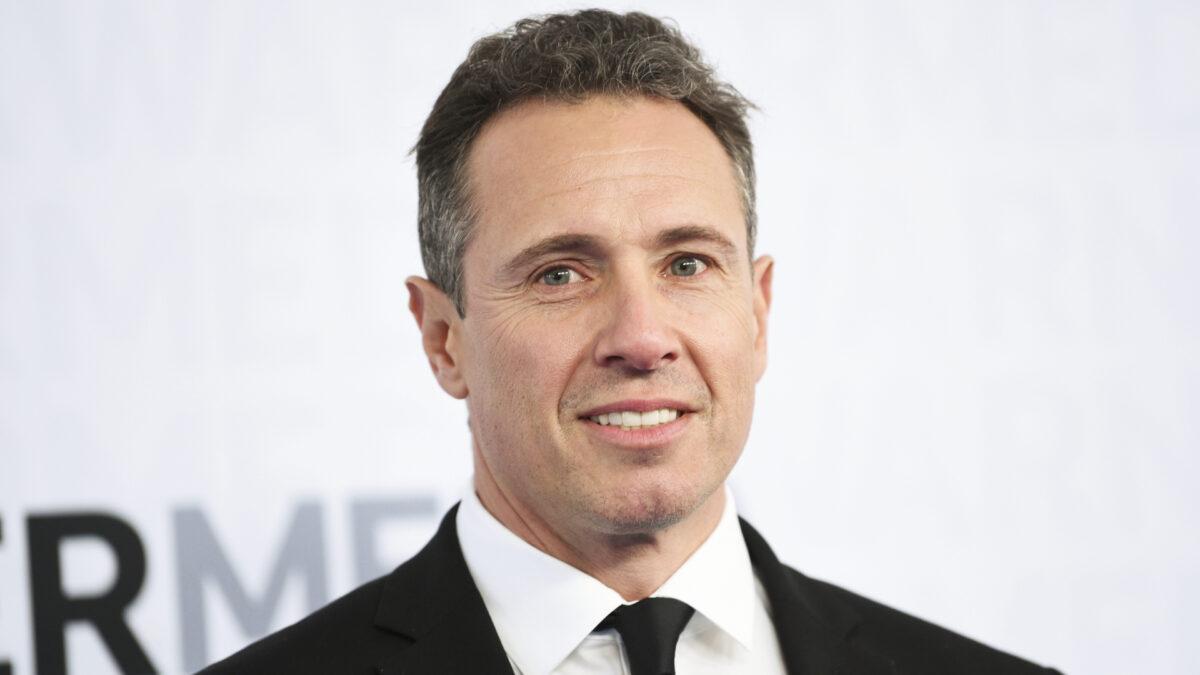
At the time, the Department of Justice (DOJ) was probing nursing home deaths in four states, including New York. DeRosa issued a statement on Friday in which she disputed the characterization that the data had been withheld to foil federal investigators.
“We were comprehensive and transparent in our responses to the DOJ, and then had to immediately focus our resources on the second wave and vaccine rollout. As I said on a call with legislators, we could not fulfill their request as quickly as anyone would have liked. But we are committed to being better partners going forward as we share the same goal of keeping New Yorkers as healthy as possible during the pandemic.”
The controversy over the Cuomo administration’s handling of nursing home death numbers has not been mentioned on Chris Cuomo’s show on CNN, although it has been covered on others, including Sunday’s “State of the Union,” with host Jake Tapper also taking aim at the controversial March 25 directive that essentially ordered nursing homes to admit COVID-19 patients.
“So Gov. Cuomo, who has declined to appear on this show despite dozens of requests over the past year, including this past week, made a bad decision that may have cost lives,” Tapper said. “And then his administration hid that data from the public.”
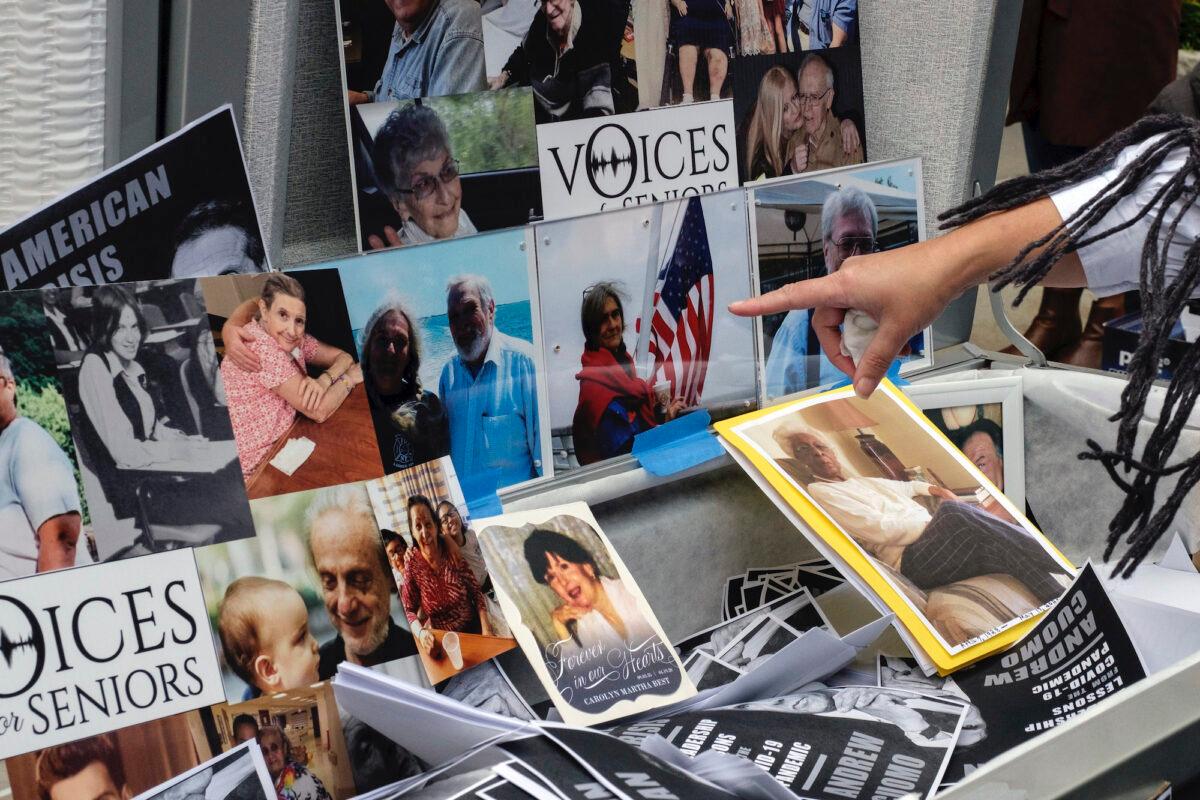
“No resident shall be denied readmission or admission to a nursing home solely based on a confirmed or suspected diagnosis of COVID-19,” the order said.
Under the order, if hospital staff determined residents were medically stable, nursing homes were prohibited from requiring that the patient be tested for COVID-19 prior to admission or readmission. Experts warned at the time that the order would lead to a surge in COVID-19 deaths in nursing homes.
Cuomo’s new order, issued in May, required hospitals to keep elderly COVID-19 patients until a negative test was confirmed or move them to another state-run facility that wasn’t a nursing home.
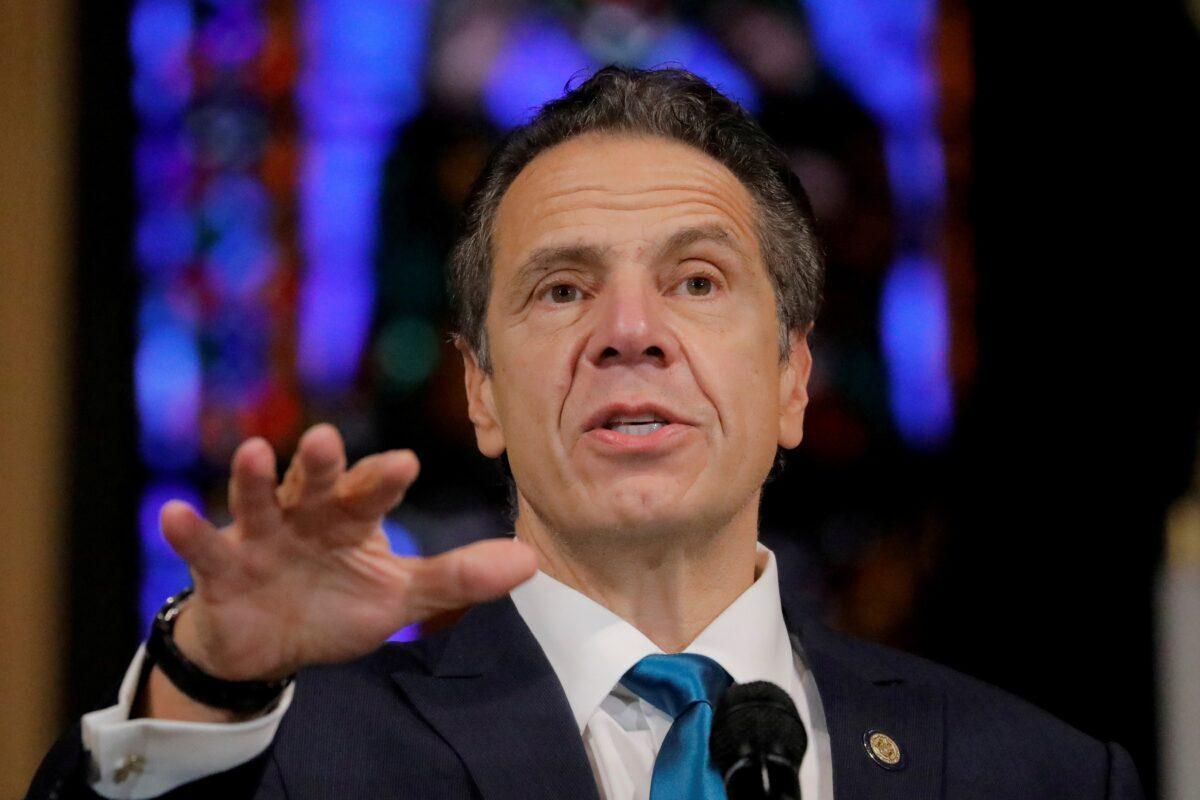
Cuomo has repeatedly rejected links between the since-repealed policy and the thousands of nursing home deaths in the state. Last year, the Cuomo administration flatly denied the allegations.
“Admission policies to nursing homes were not a significant factor in nursing home fatalities. And data suggests that nursing home quality is not a factor in mortality from COVID,” New York State Health Commissioner Howard Zucker said.
However, questions have been raised about the reliability and impartiality of the study, and a number of lawmakers have called for a probe.
“Did the policy increase fatalities in the state?” Grabowski said of the executive order. “It probably did. I just don’t think it was the primary driver.”
